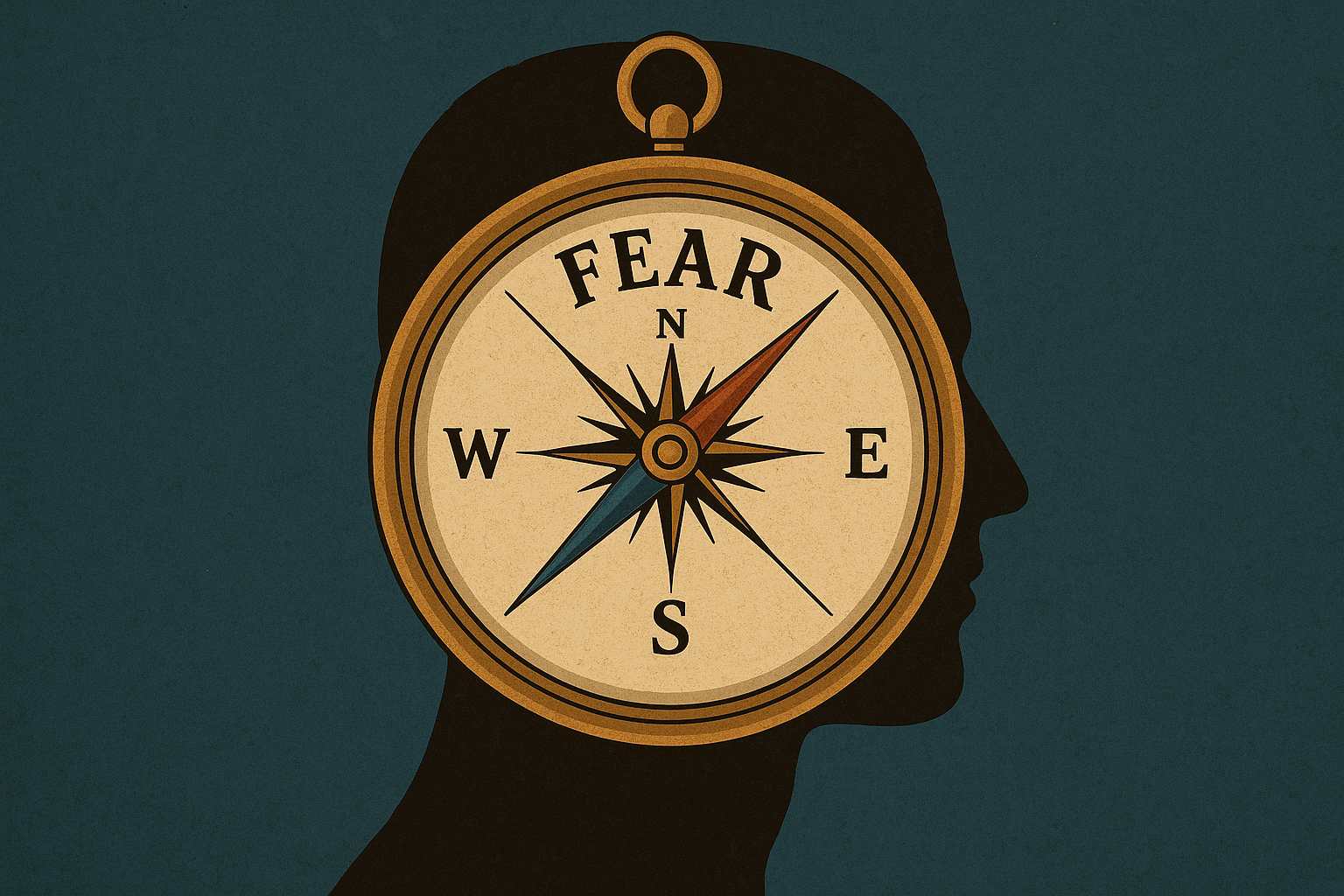That jolt of adrenaline, the tightening in your chest, the sudden, overwhelming urge to turn back we all know the feeling of fear. From our earliest days, we learn to treat it as a warning sign, an internal alarm that screams “Danger! Stop!” And often, it’s right. It’s the feeling that keeps us from stepping into traffic or touching a hot stove. But what about the other times? The fear of speaking up in a meeting, of starting a new creative project, of taking the first step in a new direction for your life. A recent discussion on Reddit hit on a powerful truth: sometimes, fear isn’t a barrier, but a beacon. It might not be telling you what to avoid, but rather, showing you exactly what you need to do next.
The Brain’s Ancient, Overworked Alarm System
At its core, fear is an evolutionary survival mechanism. The amygdala, a small almond-shaped region in our brain, acts as a hyper-vigilant lookout, constantly scanning for threats. When it spots one, it triggers the fight-or-flight response, flooding our bodies with cortisol and adrenaline to prepare us for immediate, physical danger. This system was perfected for a world of predators and perilous landscapes. The problem? Our modern world presents a very different set of challenges. The “threat” is now more likely to be the risk of embarrassment, the sting of failure, or the uncertainty of the unknown. Our ancient brain wiring, however, often struggles to tell the difference between a threat to our survival and a threat to our ego. The physiological response can feel distressingly similar.
The Two Fears: Distinguishing Danger from Discomfort
The key to using fear as a tool, rather than being ruled by it, is learning to distinguish between its two primary forms. The first is the fear of *danger*. This is the alarm that serves its original purposeit signals a genuine threat to your physical safety or well-being. This is the fear you should listen to. The second, and far more common in our daily lives, is the fear of *discomfort*. This is the anxiety that arises from vulnerability, uncertainty, and the potential for failure. It’s the fear of asking for a raise, publishing your first article, or being the first person on the dance floor. While the feeling is real, the “danger” is often an illusion. Learning to pause and ask, “Is this a threat to my life, or a threat to my comfort?” is a transformative practice. More often than not, the things that promise the most growth are hiding just behind a wall of manageable discomfort.
Using Fear as Your North Star
Once you can identify the fear of discomfort, you can begin to see it not as a red light, but as a compass needle. That feeling of anxiety is often a precise indicator of where your personal growth edge lies. The Stoic philosophers understood this well; Seneca famously wrote, “We suffer more often in imagination than in reality.” They practiced intentionally facing discomfort to expand their resilience. When you feel that specific fear, the one untethered to actual danger, it’s a sign that you are facing an opportunity to expand your world. The project you’re nervous to start, the conversation you’re hesitant to have, the skill you’re intimidated to learnthese are your signposts. They are pointing directly toward a more capable, confident, and expanded version of yourself.
Fear is an undeniable and powerful part of the human experience, but it doesn’t have to be a paralyzing one. By understanding its origins and learning to interpret its signals, we can transform our relationship with it. Instead of letting it be a cage, we can turn it into a compass that guides us toward our most significant opportunities for growth and fulfillment. The goal isn’t to become fearless, but to become better at discerning which fears are worth listening to, and which are worth walking through. What is one fear of discomfort you’ve been facing lately? And what’s one small step you could take to move toward it this week?

